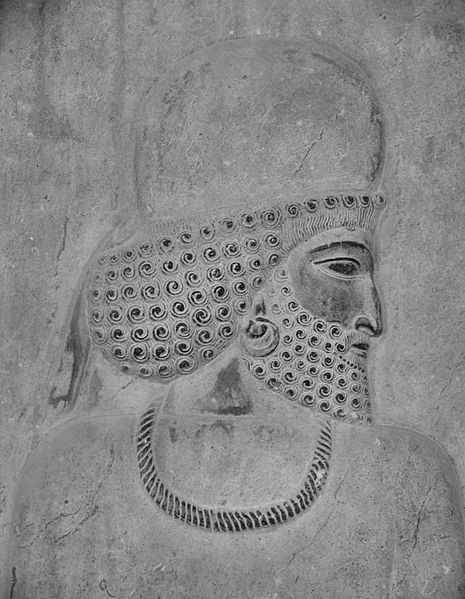File:Mad-5223.jpg

本预览的尺寸:465 × 599像素。 其他分辨率:186 × 240像素 | 372 × 480像素 | 596 × 768像素 | 794 × 1,024像素 | 1,589 × 2,048像素 | 2,736 × 3,526像素。
原始文件 (2,736 × 3,526像素,文件大小:1.3 MB,MIME类型:image/jpeg)
文件历史
点击某个日期/时间查看对应时刻的文件。
| 日期/时间 | 缩略图 | 大小 | 用户 | 备注 | |
|---|---|---|---|---|---|
| 当前 | 2012年3月3日 (六) 13:16 |  | 2,736 × 3,526(1.3 MB) | Alborzagros |
文件用途
以下页面使用本文件:
全域文件用途
以下其他wiki使用此文件:
- az.wikipedia.org上的用途
- ba.wikipedia.org上的用途
- bn.wikipedia.org上的用途
- cs.wikipedia.org上的用途
- en-two.iwiki.icu上的用途
- eo.wikipedia.org上的用途
- fa.wikipedia.org上的用途
- بحث کاربر:Pedram.salehpoor
- کاربر:محمديان/نشانها
- کاربر:محمديان/ هدایای دوستان
- بحث کاربر:Mahdiz/بایگانی ۱
- بحث کاربر:ICEAGE
- بحث کاربر:ظهیری/بایگانی ۱۹/بایگانی ۱۸/بایگانی ۱۶
- کاربر:Adler.fa/دفتر یادبود
- بحث کاربر:زاید الوصف
- بحث کاربر:Amirali-E/بایگانی ۱
- بحث کاربر:Sanchooli
- بحث کاربر:Roozitaa/بایگانی ۶
- بحث کاربر:روزبه
- کاربر:Anvar11/بایگانی۱
- بحث کاربر:Taranet/بایگانی۱۳
- بحث کاربر:Juybari/بایگانی ۵
- بحث کاربر:Meysam/بایگانی ۳
- هنر و صنعت در ایران باستان
- کاخ آپادانای تخت جمشید
- بحث کاربر:Alishahss75ali
- بحث کاربر:Kamix
- هنر ایرانی
- بحث کاربر:محک/بایگانی ۵
- ویکیپدیا:گزیدن نگاره برگزیده/مارس-۲۰۱۲
- بحث کاربر:Wayiran
- ویکیپدیا:نگاره روز/ژوئیه ۲۰۱۲
- بحث کاربر:Faramarz/بایگانی ۵
- بحث کاربر:M.Peyghambarnejad~fawiki
- بحث کاربر:Mehran/بایگانی ۱۲
- بحث کاربر:Tarane.amini
- بحث کاربر:Radmanesh~fawiki
- بحث کاربر:Rmashhadi/بایگانی ۳
- بحث کاربر:پاناروما/بایگانی ۱
- بحث کاربر:همان/بایگانی ۱۰
- بحث کاربر:قاسم منصور/بایگانی ۳
- بحث کاربر:JXtra/بایگانی۲
- بحث کاربر:مردتنها/بایگانی ۴۳
- بحث کاربر:ویکی خور/بایگانی ۱
- کاربر:Darafsh/مهر دوستان
查看此文件的更多全域用途。

